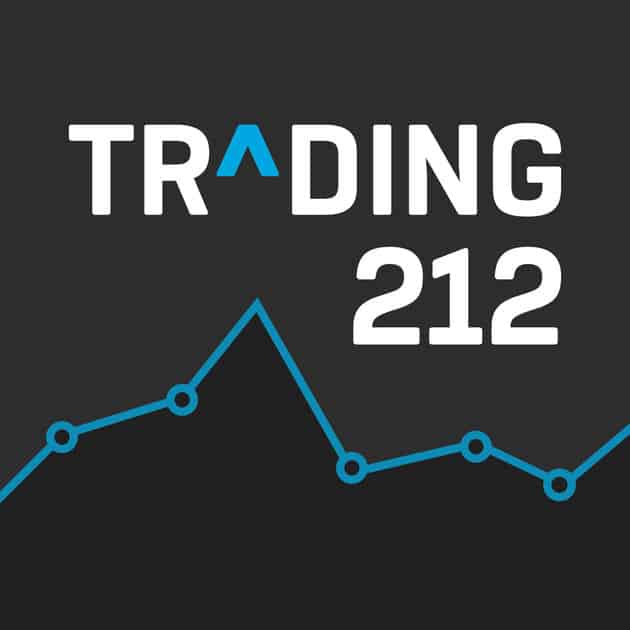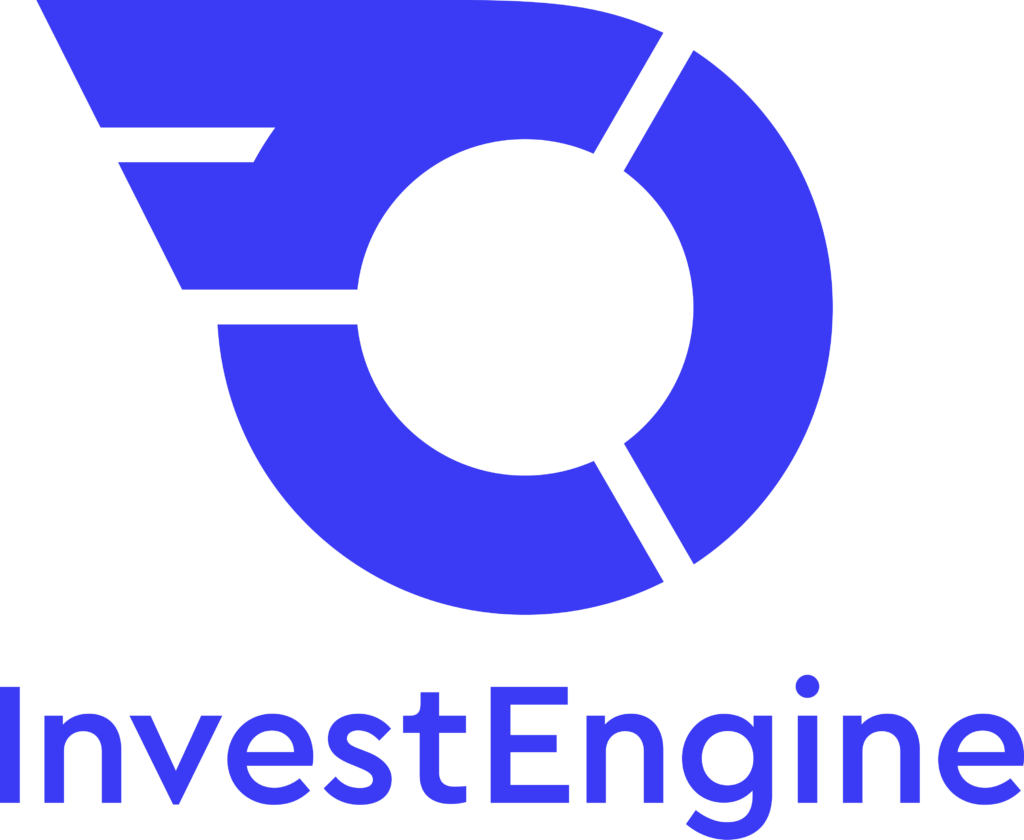The debt avalanche method is a highly effective and mathematically optimal debt repayment strategy, particularly if your primary goal is to minimize the amount you pay in interest. Unlike the debt snowball method, which focuses on paying off the smallest debt first, the debt avalanche method prioritises paying off debts with the highest interest rates first, regardless of the balance size. This method is considered the most cost-effective approach because by targeting high-interest debts first, you reduce the total interest paid over time, which accelerates the repayment process and saves you money.
Here is a step-by-step guide to how it works:
Just like with the Debt Snowball Method, the first step in the debt avalanche method is to list all of your debts. For each debt, record the following:
The next step is to sort your debts in order of the interest rates, from highest to lowest. Interest rate plays a crucial role in the debt avalanche method in order to prioritize debts that are costing you the most in interest.
For example, if you have the following debts, you would prioritise payments as follows:
Make minimum payments on all debts except the one with the highest interest. This allows you to stay current with all of your obligations while focusing extra resources on the debt that costs you the most in interest.
Put any extra money you can afford toward the debt with the highest interest rate. For example, if you can free up an additional £100 by cutting back on expenses or increasing your income, this £100 should be added to the payment of your highest interest debt. The goal is to pay off this debt as quickly as possible so that you can move on to the next highest-interest debt.
Once the debt with the highest interest rate is paid off, you move on to the next debt with the highest interest rate. The money used to pay off the first debt is now rolled over to the next one, accelerating the repayment of the remaining debts.
Continue following this process until all your debts are paid off.
So, if we use the debt examples listed above, we have:
Make minimum payments on all debts except credit card A, the highest interest rate debt:
Focus any extra funds (let’s say £100) on Credit Card A. In this instance, your total payment to credit card A would be £25 (minimum) + £100 (extra) = £125. If you were able to continue this, it would take you roughly 4 months to pay off credit card A completely.
Once credit card A is paid off, take the £125 you were paying towards it and roll that into credit card B. Now, you’ll pay:
Once credit card B is paid off, take the £185 and roll that into the next highest interest debt (personal loan), and so on until all the debts have been paid off, with each successive debt paid off more quickly due to the money “rolled” from previous payments.
The Debt avalanche method is considered the most financially efficient strategy. By focusing on high-interest debts first, you reduce the total interest paid over time. This results in more of your payments going toward the principal balance rather than interest, enabling you to pay off your debt faster. By tackling the highest-interest debts first, you minimize the amount of money spent on interest charges.
While the process may feel slower at the start (since you’re paying off larger debts first), the avalanche method allows for faster overall debt repayment.
The Debt avalanche method may not provide the immediate, emotional wins that the debt snowball method does. When you’re focused on paying off high-interest debt, it might take longer to see significant progress in terms of the number of debts eliminated, so for someone who finds motivation in quickly paying off smaller debts, the avalanche method can feel discouraging at times, especially if your high-interest debt is large. The debt avalanche method requires more patience and a focus on long-term savings over short-term rewards.

Get a FREE fractional share with Trading212
Use promo code: MITM (works within the first 10 days of signing up)
Fractional share worth up to £100. Capital at risk. Terms apply

Get a Welcome Bonus of up to £50 when you invest at least £100 with InvestEngine

Consolidate your Pensions with PensionBee
Keep your pensions all in one place with this simple to use Pension service.
Manage your money better with MoneyMonitor
I personally built this website to allow me to bin my spreadsheets in favour of something a little easier to use. It’s completely free of charge.